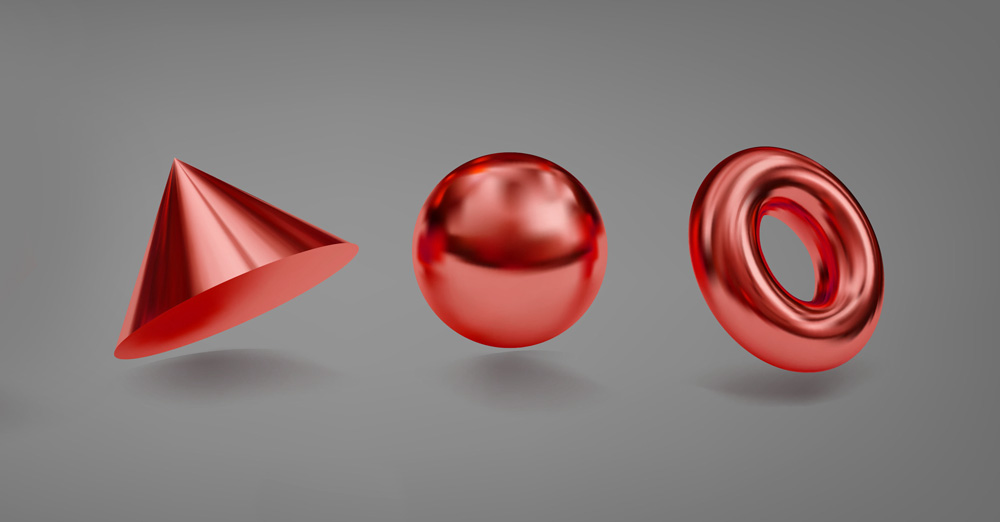If You have a project which requires mathematical and analytical skills we are glad to support
We support the banking, insurance and utility industry on core projects to drive analysis and deliver future proof solutions.
When You are facing complexity in “number crunchers” or legacy applications imagine that a new mathematical model or a different way of data abstraction with the matching tooling could provide a faster and sustainable solution.
We see the reasons and have the experience not to rewrite whole applications but refactor the parts which make Your application fly again.
Ready to simplify your view of the world?
Abstract thinking is the foundation of our daily existence. It is how we make decisions, react to our environment, and experience a situation.
As children grow up in a world of overwhelming quantities of information, abstract thinking will be more important than ever as thinking doesn’t exist without the ability to abstract a thought. To help children comprehend abstract images, Blendraw players determine which parts of an image are critical to its interpretation and understanding in the most efficient way possible. Using mosaic tiles, players create beautiful images with two basic shapes: a square, and a quarter slice of pie. The quarter slice can be rotated 90 degrees by simply tapping it with your finger to select your desired shape. With these limited shapes, children are able to separate the necessary information from the surrounding noise and see what matters.
Players create depth and boundaries by selecting from a wide variety of colors that blend together for an amazing effect and deeper understanding of how our visual senses interpret images. The beauty in this simple game is its ability to teach children how to think abstractly while identifying the primary and secondary traits of any image… and the opportunity to see what matters in the world around us.
Artfully designed, and user-friendly, Blendraw is a creative, fun way to see what matters through an abstract lens.
more info: blendraw.com
The flow of creating a 3D solids of revolution
The 3D representation of a solid of revolution contains 3D coordinates, edges connecting these coordinates and of triangles surrounded by these edges.

We enrich the triangles with metadata that we can select during the process from the set of connected triangles matching subsets. We can also filter the triangles to determine their position on the solid of revolution and query their material (or colour) as well. To each point we assign next to (u,v) coordinates a normal vector. This whole dataset is called mash. During the representation process we create well defined and separated phases for following reasons.
Each representational phase has its own configuration, which is processed by an algorithm to get the following result step. The configuration possibilities of each phase depend on the previous result sets, therefore we define functions on these results sets to examine the possibilities in the actual result-set-system.
The appropriate definition of the result set descriptors has essential importance cause it can positively influence the core development process of the rendering modules. Based only on these result sets a solid of revolution can be only represented by a very detailed configuration process which is in most cases too computing resource consuming. Therefore we introduced an abstraction layer above which uses a generic configuration schema.
The outcome data sets of every singular rendering step are directly resulting into a 3D graphical representation, that the process can be tracked visually and influenced in every step to avoid unexpected states in the rendering.
We provide this rendering fully featured process via one or more web services in adaptable modularity to enhance the visualization of 3D solids of revolution in Your webpage.
more info: https://en.wikipedia.org/wiki/Solid_of_revolution